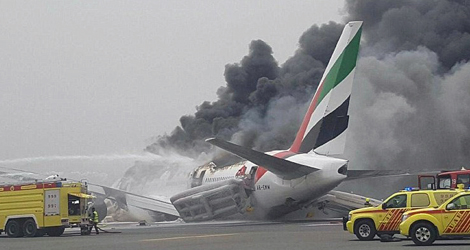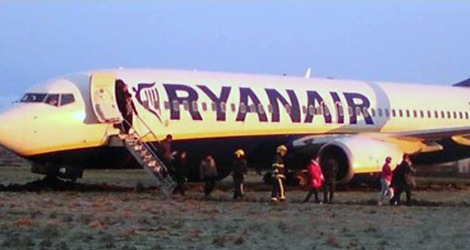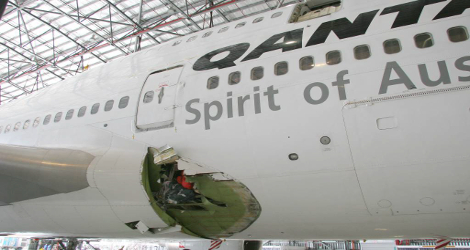No Results Found
The page you requested could not be found. Try refining your search, or use the navigation above to locate the post.
CFIT, or Controlled Flight Into Terrain, refers to a serious aviation accident. It occurs when a perfectly functional aircraft, under pilot control, unintentionally collides with the ground, water, or another obstacle. Imagine a plane flying straight and level, seemingly fine, then tragically crashing. That’s the essence of CFIT.
The key aspect is that the pilots aren’t aware of the danger until it’s too late. This can happen due to various reasons, like spatial disorientation (losing sense of position) or relying solely on instruments without considering the outside environment.
CFIT differs from uncontrolled crashes where the plane malfunctions or the pilot loses complete control. Thankfully, with better training and technology, CFIT incidents are becoming less common.
The page you requested could not be found. Try refining your search, or use the navigation above to locate the post.
 An aviation accident is an incident in which an aircraft is damaged or destroyed as a result of a collision, fire, structural failure, or other event. Aviation accidents can be caused by a variety of factors, including mechanical failure, pilot error, adverse weather conditions, and sabotage. Aviation accidents can result in fatalities, injuries, and damage to property.
An aviation accident is an incident in which an aircraft is damaged or destroyed as a result of a collision, fire, structural failure, or other event. Aviation accidents can be caused by a variety of factors, including mechanical failure, pilot error, adverse weather conditions, and sabotage. Aviation accidents can result in fatalities, injuries, and damage to property.
 An aviation incident is an occurrence, other than an accident, that affects or could affect the safety of aircraft operations. Examples of aviation incidents include near collisions, runway incursions, and unruly passenger incidents.
An aviation incident is an occurrence, other than an accident, that affects or could affect the safety of aircraft operations. Examples of aviation incidents include near collisions, runway incursions, and unruly passenger incidents.

A serious incident in aviation refers to an event that could have resulted in an accident or that had the potential to cause serious injury or death. Some examples of serious incidents in aviation include engine failure, in-flight fires, and loss of control of the aircraft.